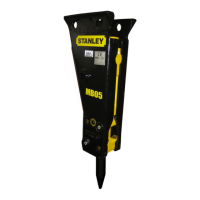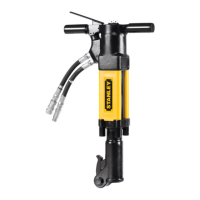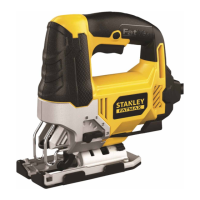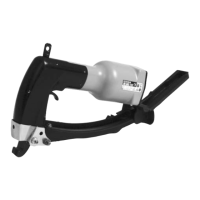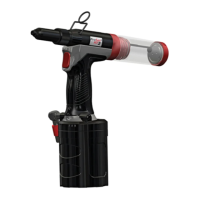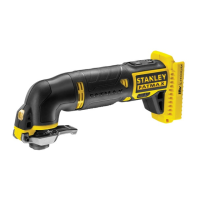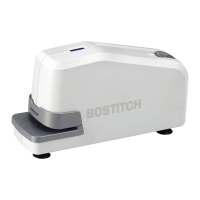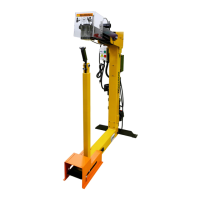10 | MDP Operation & Maintenance Manual
OPERATION
BEFORE YOU START
Know Your Safety Program
• Read and understand this manual and the base
machine manual.
• Know the employer’s safety rules. Consult your
foreman for instructions and safety equipment.
• Learn the trac rules at the work site. Know the hand
signals used on the job and who is responsible for
signaling. Take signals from only ONE person.
• Wear personal protection equipment (PPE) at all
times. This includes eye protection, hard had, steel
toe shoes, leather gloves and hearing protection that
conforms to standards ANSI Z87.1 (Eye and Face
Protection), ANSI Z89.1 (Head Protection), ANSI Z41.1
(Foot Protection) and ANSI S12.6 (S3.19) (Hearing
Protection).
Wear Ear
Wear Eye
Know Your Equipment
• Learn and test the function of all controls. If
malfunctions are found, shut the machine down and
report the malfunction for repair.
• Be familiar with safety devices, indicators, warning
devices and caution instructions. They will alert you to
conditions that are hazardous.
• Know the clearances in the work area.
Daily Safety Checks
• Ensure all decals are installed and legible. Contact
LaBounty for replacements as required.
• Have a DAILY safety dialog with all workers. Inform
them of any abnormal work that is planned. Remind
them of the safe working distance.
• Clear the area. A LWAYS look out for others. In any
work area, people constitute a serious safety hazard.
Before operating, walk around the machine to ensure
no workers are next to, under or on it. Warn nearby
workers that you are starting up. DO NOT start up until
they are out of danger. Review Job Safety Analysis
(JSA) with all personnel in the immediate proximity to
the work being done.
• Check the location of cables, gas lines and water
mains before operation. Ensure work site footing has
sucient strength to support the machine. When
working close to an excavation, position machine with
the propel motors at the rear.
• Keep bystanders clear, especially before moving the
boom, swinging the upper structure, or traveling.
A LWAYS be alert for bystanders in or near the
operating area.
SAFETY DEVICES
• Seat belts • Canopies
• Safety decals • Shields and guards
• Flags and ares • Barricades
• Signs and other
markings
• Warning lights
• Falling Objects
Protection Structures
(FOPS)
• Visual or audible
warning devices
General Rules For Safe Operation
•
Clear all persons and equipment from the area of
operation and machine movement. NEVER move
loads over people or equipment. When viewing the
operation of the attachment, maintain a safe distance
of at least 75 feet (23 meters).
• Maintain at least 15 feet (5 meters) between the
attachment and any nearby power lines.
•
KNOW the capacity of the excavator and it’s
attachments. DO NOT overload or serious injury
could result. The attachment may have altered the
machine’s lift capabilities.
• NEVER leave the attachment suspended or pass it
over people, occupied vehicles or buildings.
• A LWAYS lower the attachment to the ground and
turn the base machine o when leaving the machine
unattended.
• DO NOT close the jaws on a structure and reverse
the excavator in an attempt to pull down material. This
is dangerous and will damage the excavator and the
attachment.
• This attachment is for processing materials. DO NOT
use for unapproved purposes.
• DO NOT continuously process oversized materials by
forcing them into the jaw. This will shorten the life of
the attachment.
• If attachment stalls, scale back the amount of material
being processed at one time. Overloading can cause

